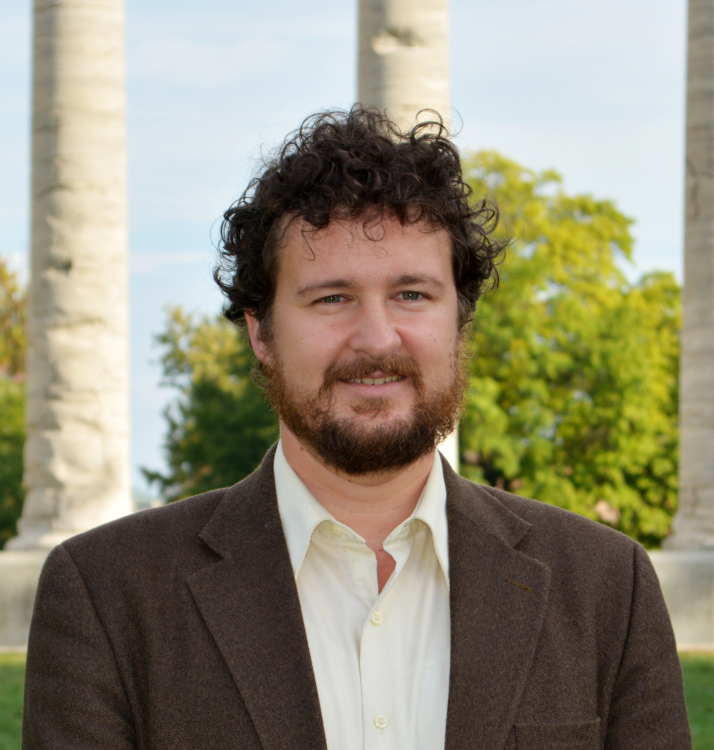
Daniel P. Diffendale
Ancient Roman architecture has a global legacy, but its early development was shaped by highly specific local factors. A crucial feature in this development was exploitation of the various volcanic stones (tuffs) found within a twenty-five-kilometer radius of the center of Rome. Already in the Archaic period, the tuff bedrock of Rome’s seven hills was being quarried for architectural use; by the Late Republic at the latest, Roman architects were building with a variety of tuffs quarried well beyond the city’s limits, some from the territories of bested former rivals. Macroscopic identification is insufficient to distinguish between the various varieties of tuff; only geochemical analysis can reliably pinpoint provenance. Trace elements with a relatively low mobility can be successfully used to recognize eruptive products and their provenance. A campaign of sampling buildings and quarry locales in Rome and environs followed by chemical analysis will offer a new picture of early Roman architecture.